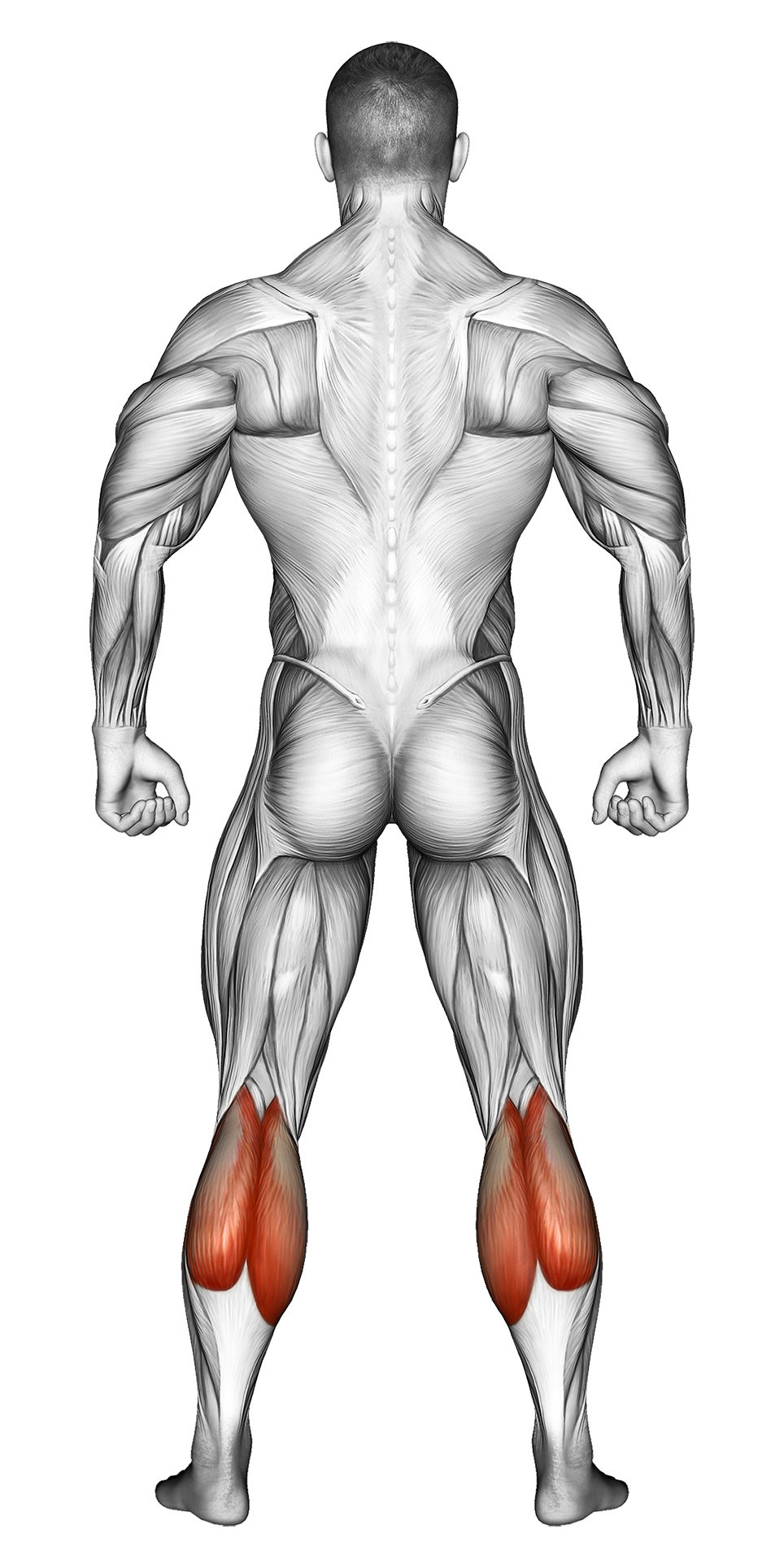Seated Dumbbell Calf Raise: Video Tutorial & Exercise Guide

Written By: Ether Brown
Updated: Oct 13, 2024
| Workout | Seated Dumbbell Calf Raise |
| Primary Muscle Group | Calves |
| Equipment Required | Dumbbell |
| Force Type | N/A |
| Mechanics | Isolation |
| Exercise Type | Strength |
| Difficulty | Intermediate |
Seated Dumbbell Calf Raise: Video Tutorial & Exercise Guide
- 1.Seated Dumbbell Calf Raise: Muscle Groups
- -1.1Primary Muscle Group
- -1.2Secondary Muscle Group
- 2.Seated Dumbbell Calf Raise: Step-by-Step Guide
- 3.Seated Dumbbell Calf Raise: Overview
- 4.Seated Dumbbell Calf Raise: Benefits
- 5.Seated Dumbbell Calf Raise: Pro Tips & Advanced Techniques
- 6.Seated Dumbbell Calf Raise: Progression Plan
- 7.Seated Dumbbell Calf Raise: Frequently Asked Questions (FAQs)
Seated Dumbbell Calf Raise: Step-by-Step Guide
- Step 1: Sit on a bench with your feet flat on the floor. Hold a dumbbell on top of each knee, gripping the handles firmly. Your back should be straight, and your knees bent at a 90-degree angle.
- Step 2: Press through the balls of your feet, lifting your heels off the ground while keeping the dumbbells steady on your knees.
- Step 3: Squeeze your calf muscles at the top of the movement and hold for a brief moment.
- Step 4: Slowly lower your heels back to the starting position, maintaining control of the dumbbells and engaging your calves throughout the movement.
- Step 5: Repeat for the desired number of repetitions, focusing on slow, controlled movements to maximize muscle engagement.
Seated Dumbbell Calf Raise: Overview
The Seated Dumbbell Calf Raise is a powerful exercise for targeting and strengthening the calf muscles, particularly the soleus. By performing the movement from a seated position, the emphasis is placed on the soleus muscle, which lies underneath the gastrocnemius. This exercise is excellent for building lower-leg strength, muscle mass, and endurance.
Using dumbbells for added resistance helps intensify the workout, making it an ideal option for those looking to develop well-rounded calf muscles and improve overall lower-body performance.
Seated Dumbbell Calf Raise: Benefits
The Seated Dumbbell Calf Raise primarily targets the soleus muscle, which contributes to calf thickness and stability during activities such as walking, running, and jumping. Strengthening this muscle helps enhance overall balance, stability, and performance in sports and daily movements.
Additionally, using dumbbells adds resistance to the exercise, allowing for increased muscle engagement and the potential for greater muscle growth and endurance over time.
Seated Dumbbell Calf Raise: Pro Tips & Advanced Techniques
Focus on achieving a full range of motion, lifting your heels as high as possible and fully lowering them to the ground. Avoid bouncing at the top of the movement, and make sure to control the descent to maximize muscle tension. For added difficulty, try holding the top position for a few seconds or increasing the weight of the dumbbells as your strength improves. You can also place your toes on a raised surface (like a weight plate) to increase the range of motion.
Seated Dumbbell Calf Raise: Progression Plan
Beginner
Intermediate
Advanced
Seated Dumbbell Calf Raise: Frequently Asked Questions (FAQs)
What muscles do Seated Dumbbell Calf Raises target?
+The Seated Dumbbell Calf Raise primarily targets the soleus muscle, which is located beneath the gastrocnemius in the calf. This exercise also engages the gastrocnemius to a lesser extent.
Can beginners perform Seated Dumbbell Calf Raises?
+Yes, beginners can start with lighter dumbbells or even body weight, focusing on control and technique before progressing to heavier weights.
How can I make Seated Dumbbell Calf Raises more challenging?
+Increase the weight of the dumbbells, hold the contraction at the top for a few seconds, or perform the exercise on a raised surface for a greater range of motion.
What common mistakes should I avoid during Seated Dumbbell Calf Raises?
+Avoid bouncing at the top or bottom of the movement. Focus on controlled lifts and descents to maximize muscle activation and prevent injury.
How often should I include Seated Dumbbell Calf Raises in my routine?
+Incorporate this exercise 2-3 times per week as part of your lower-body or leg workout routine for optimal calf development and strength.
Share
Don’t Wish for It, Work for It – Join the FlexXP Newsletter Today!
Thank you for signing up for the FlexXP Newsletter!
This site is protected and the Google Privacy Policy and Terms of Service apply.
